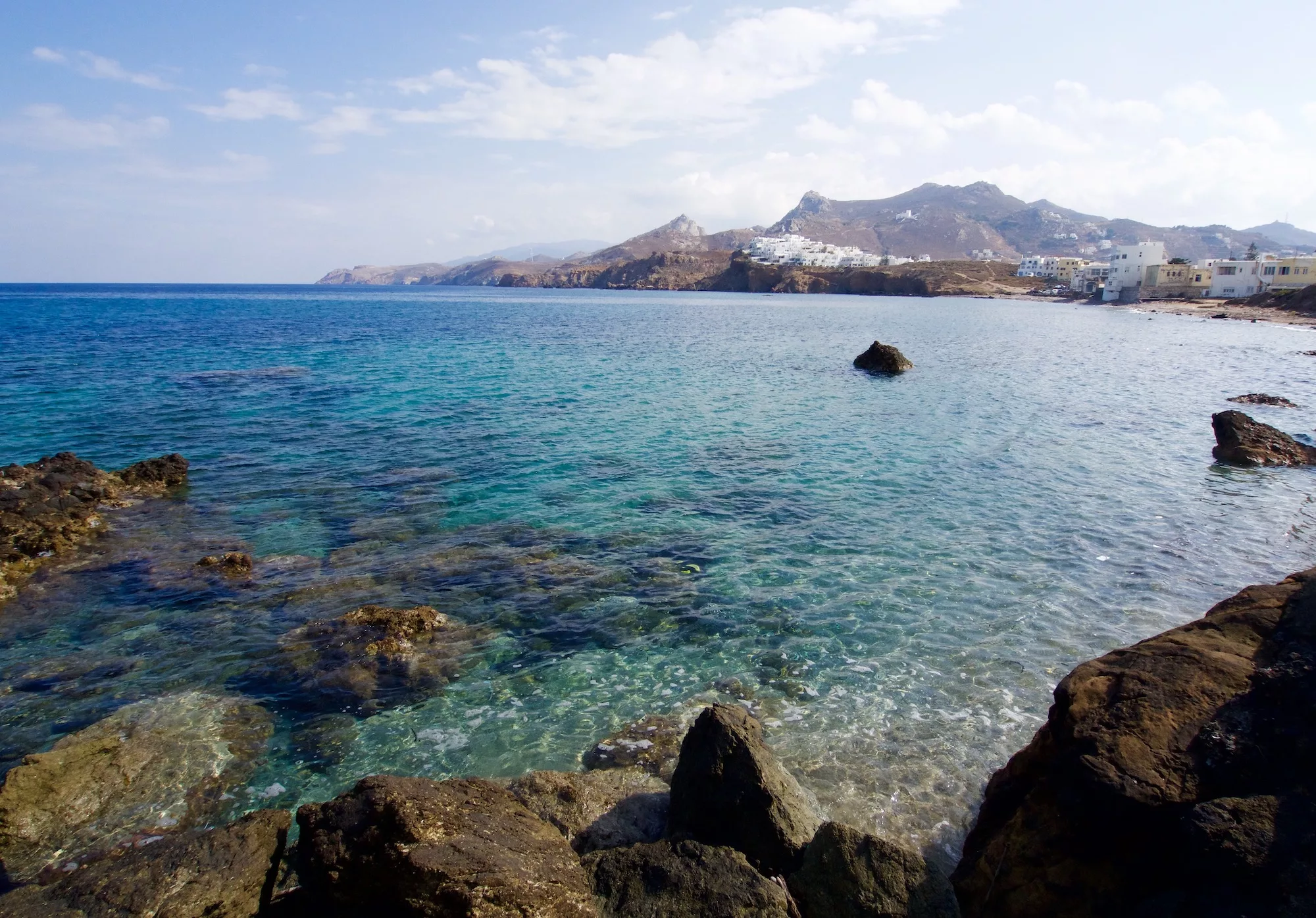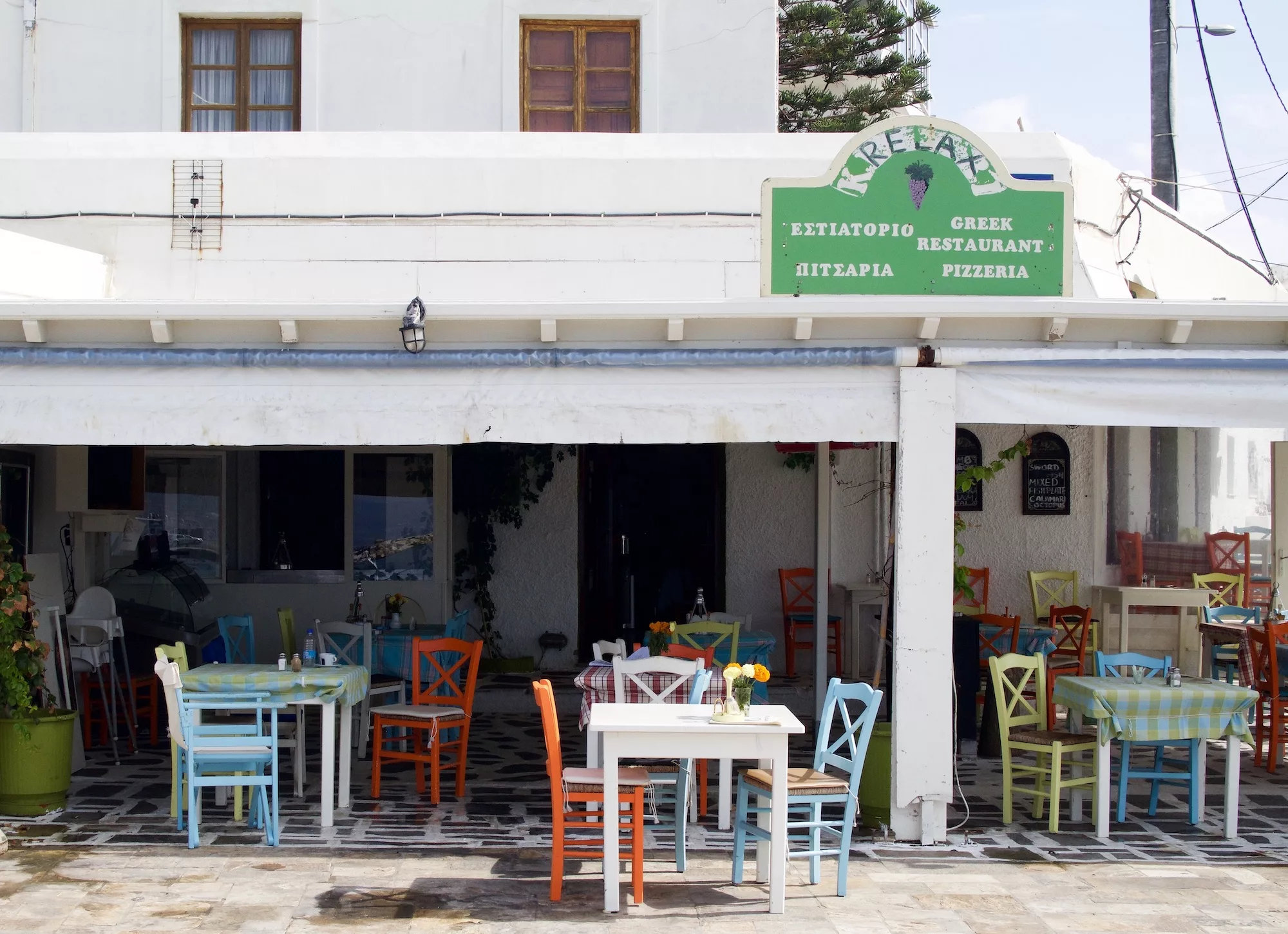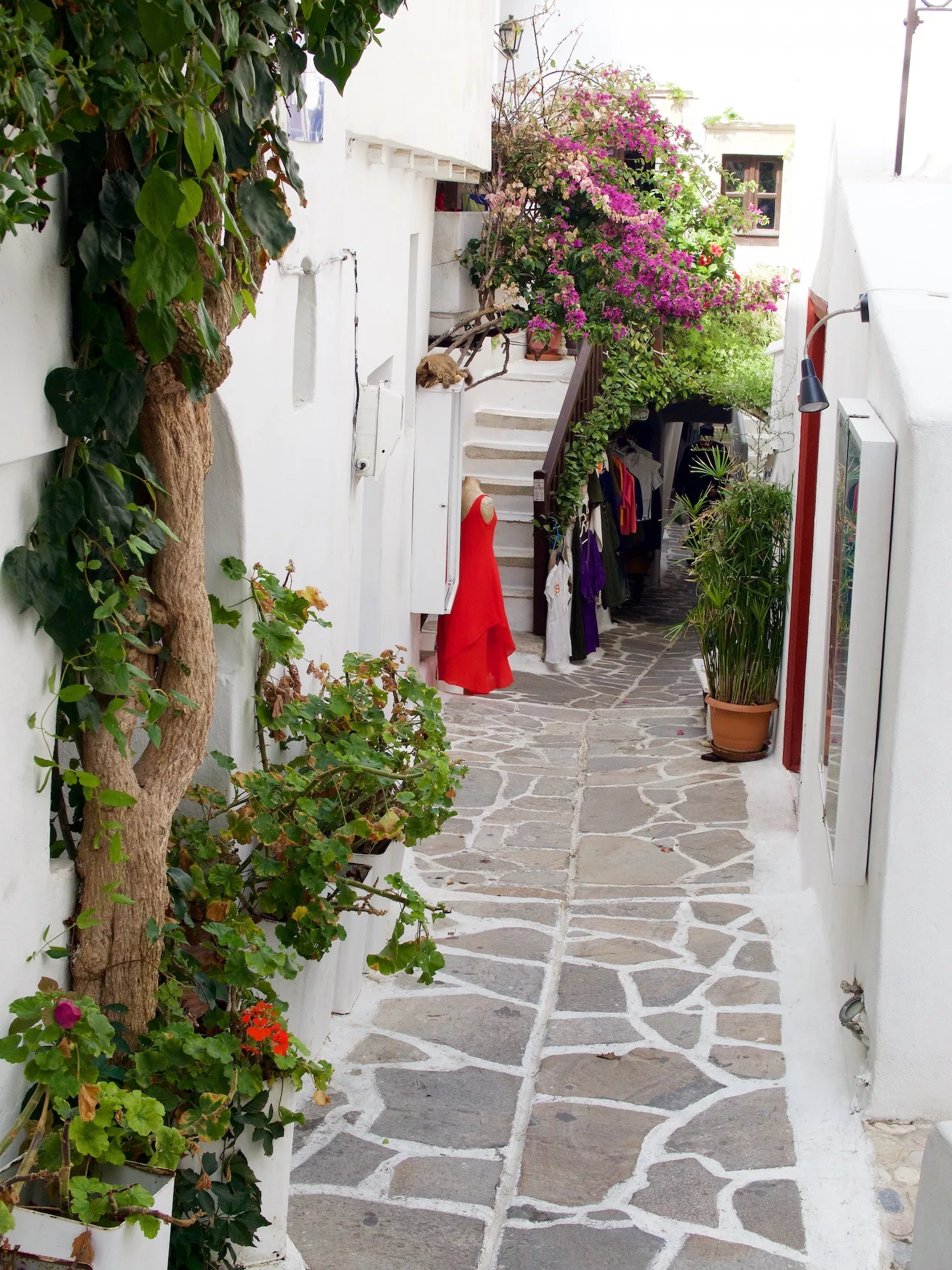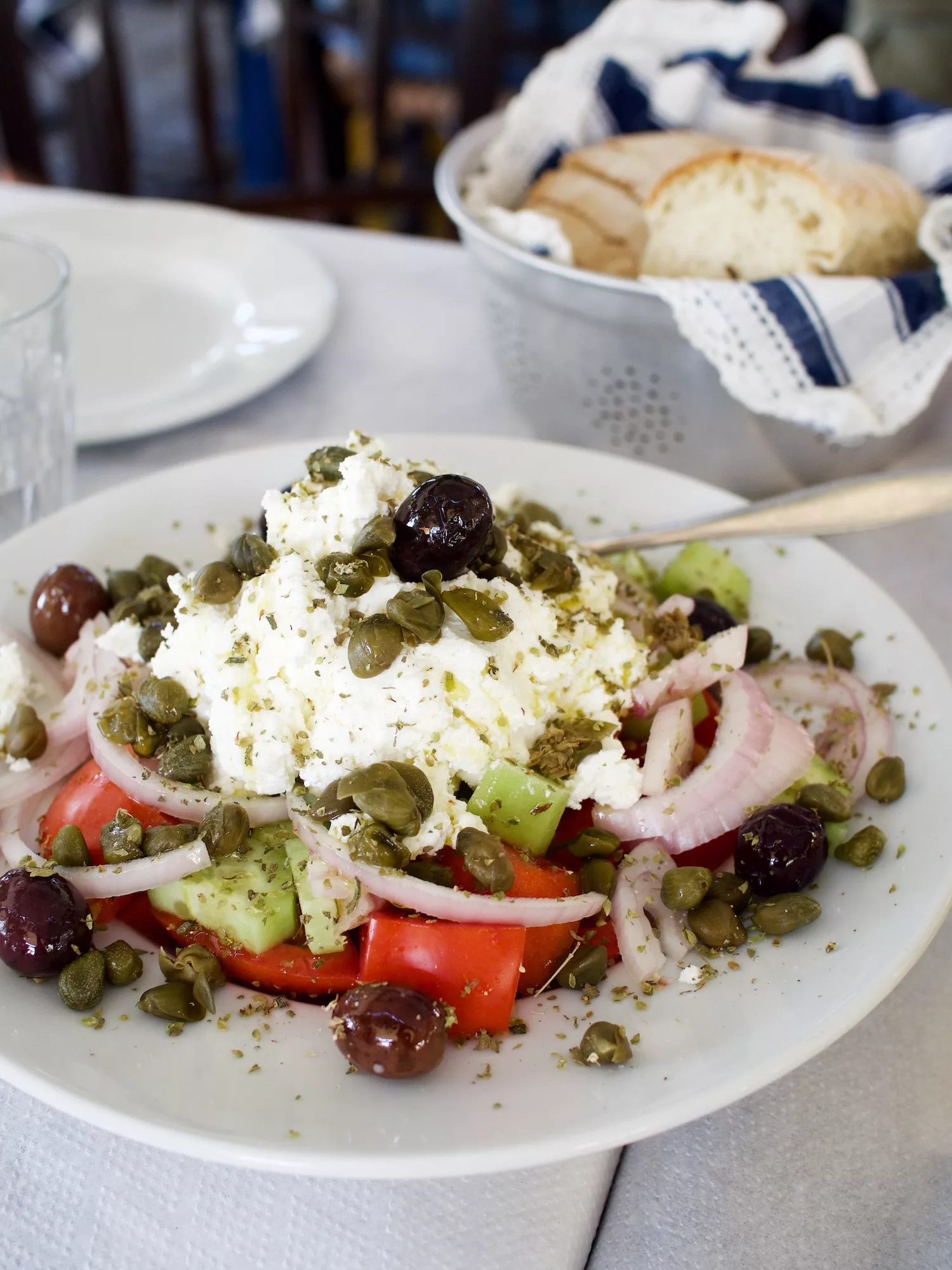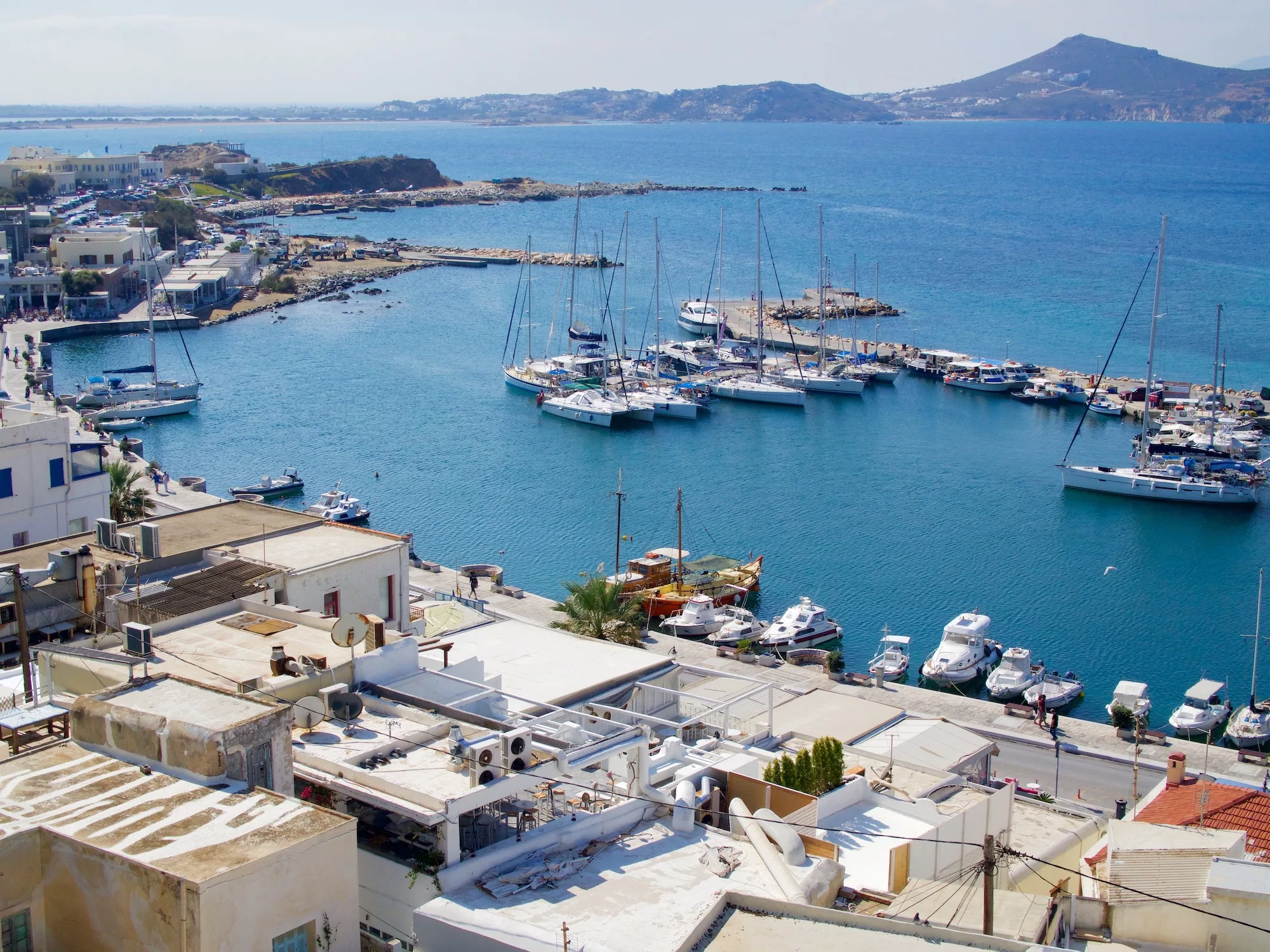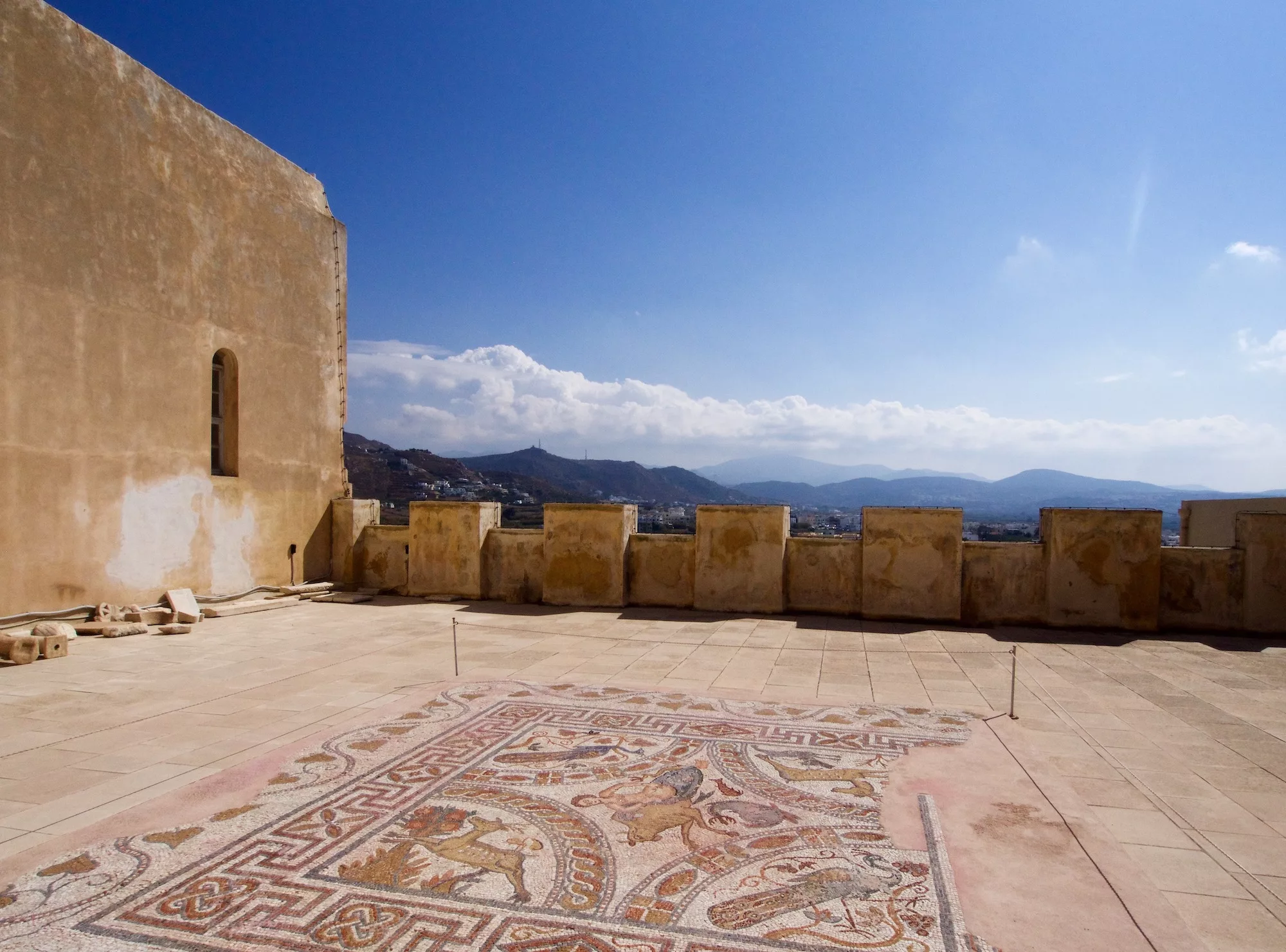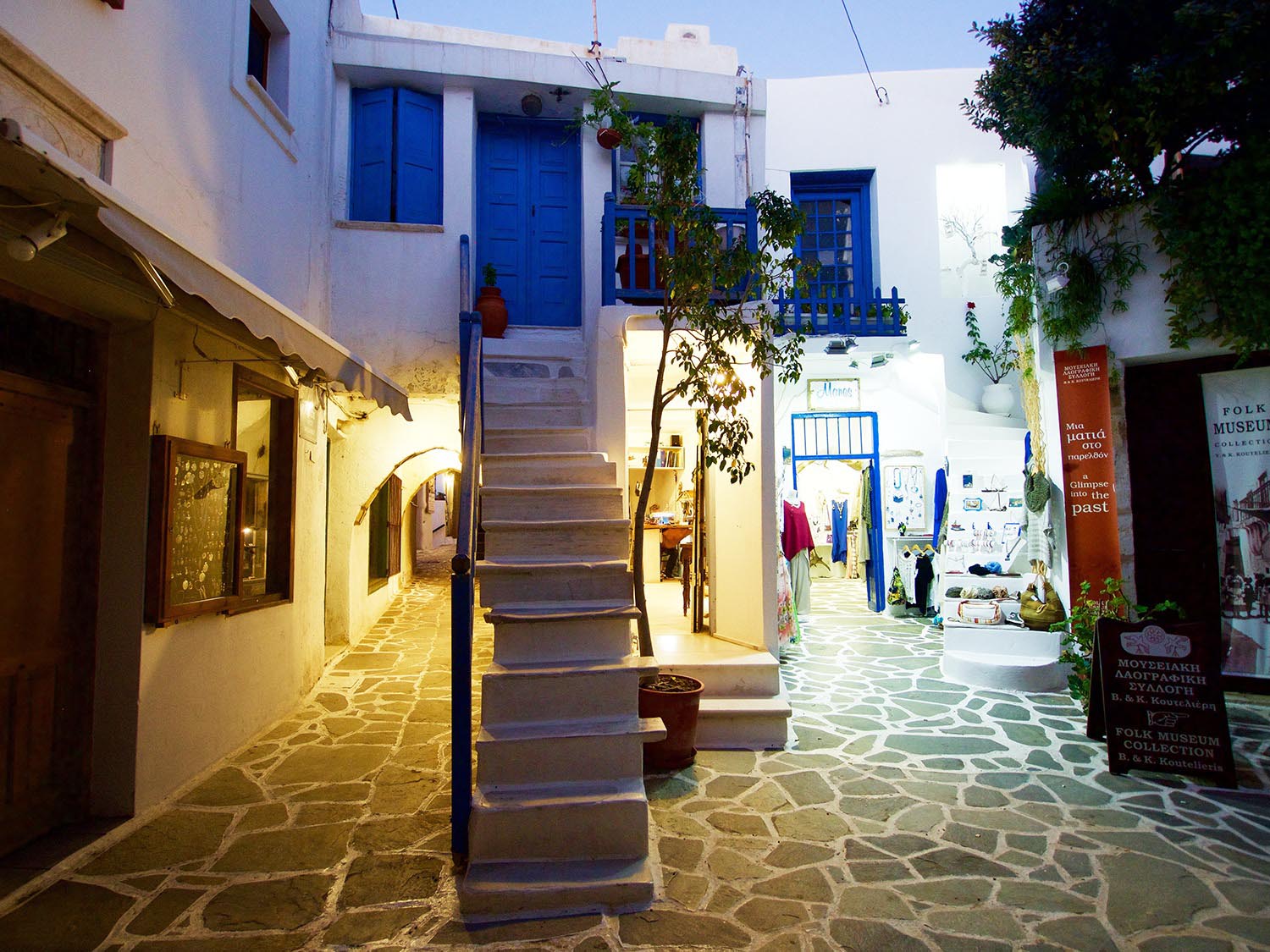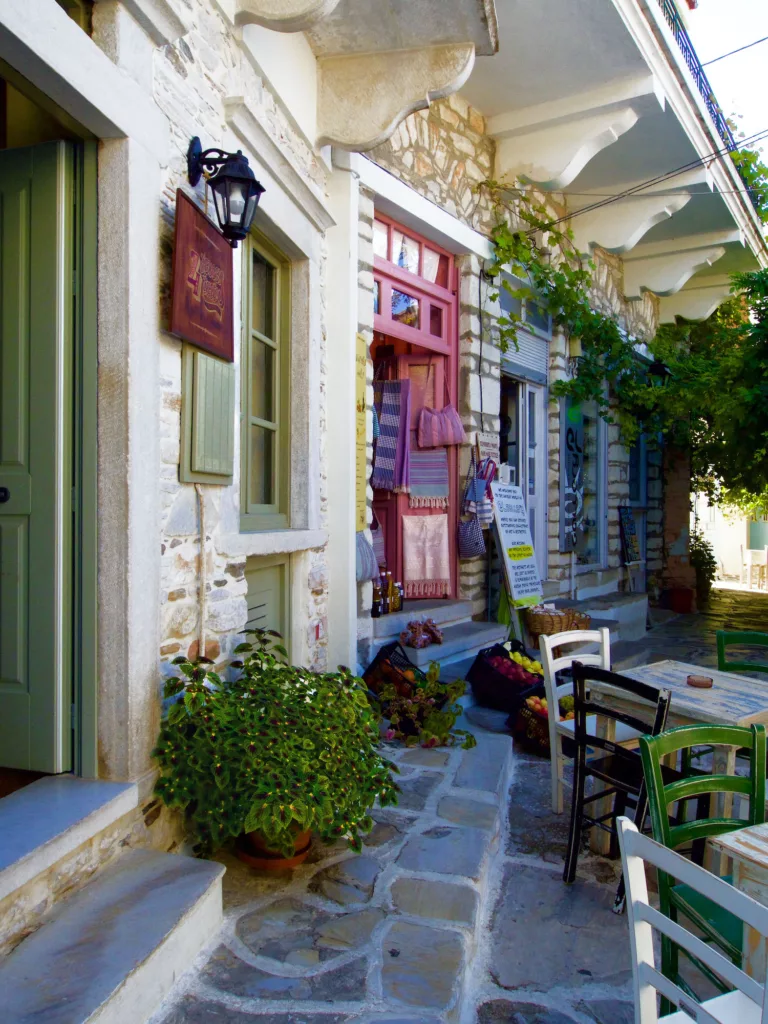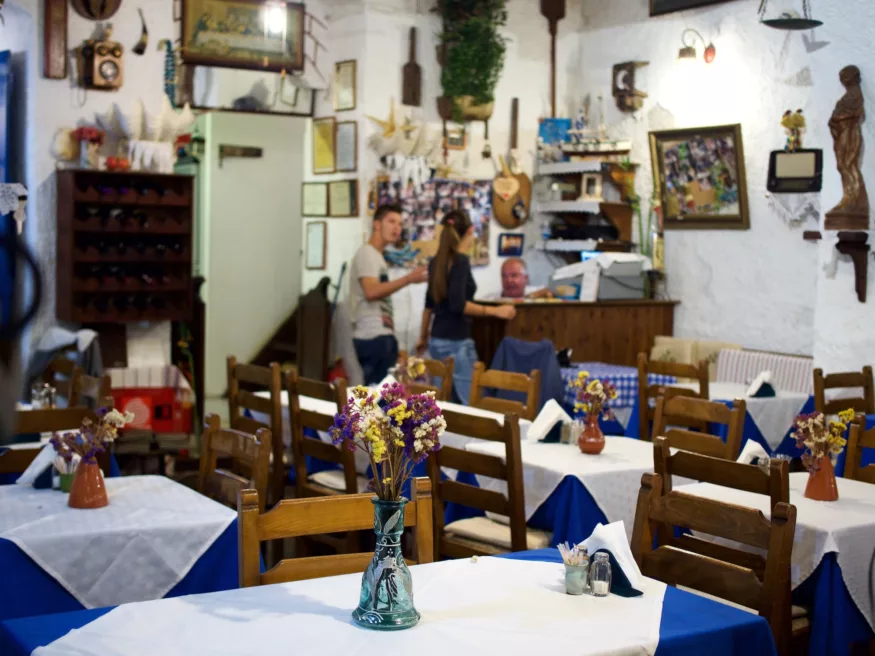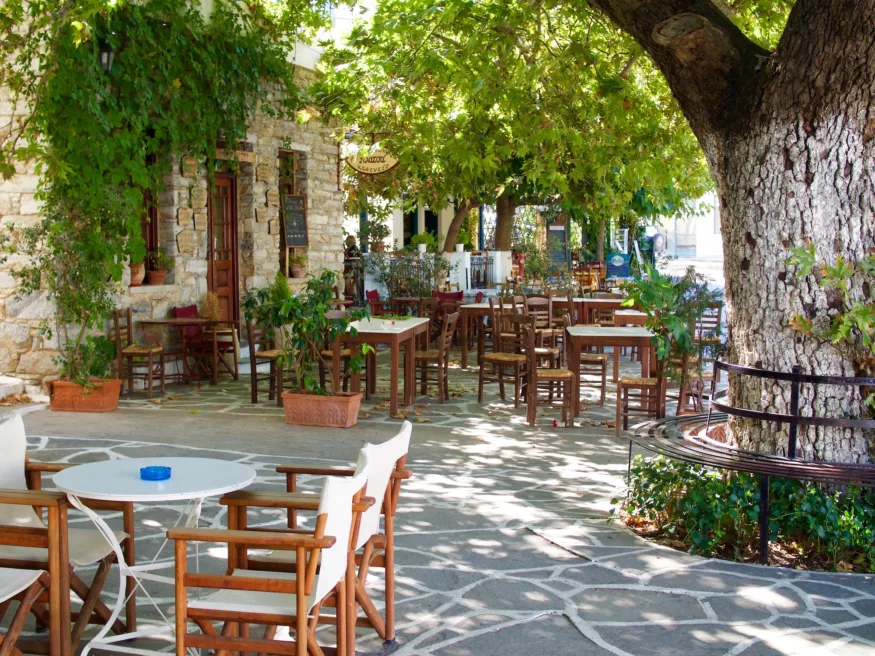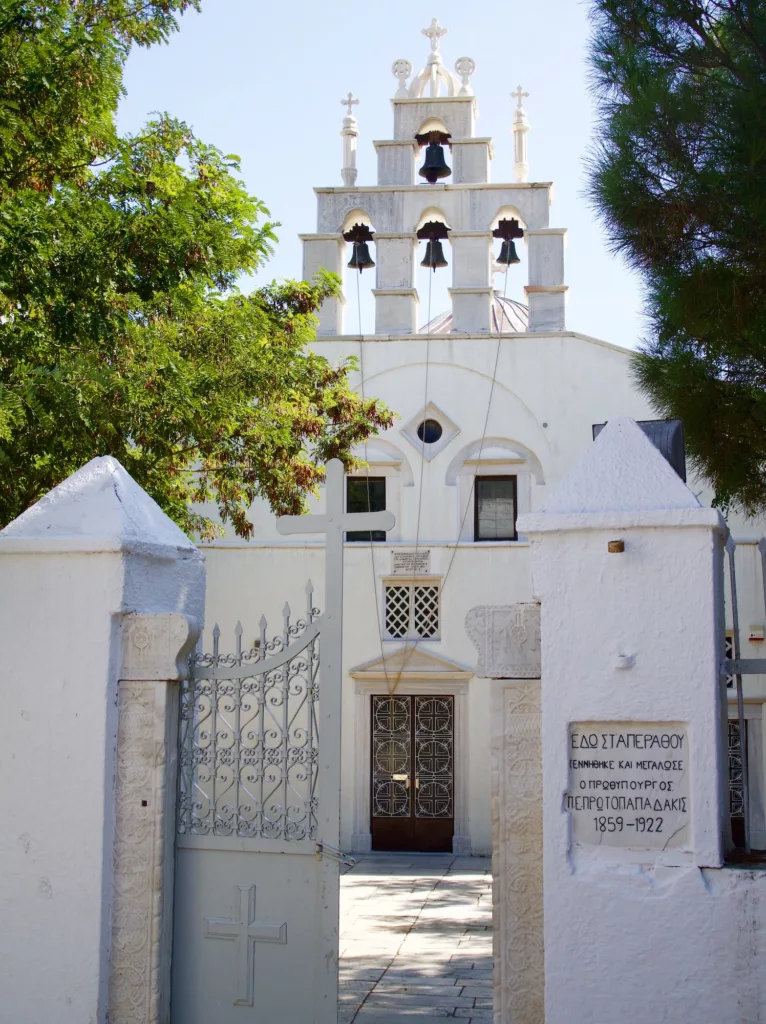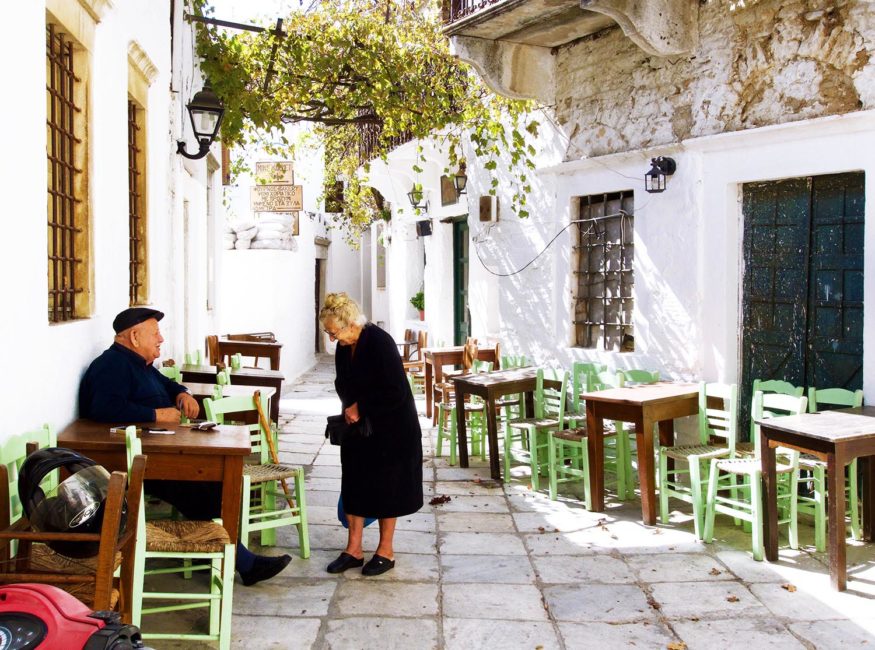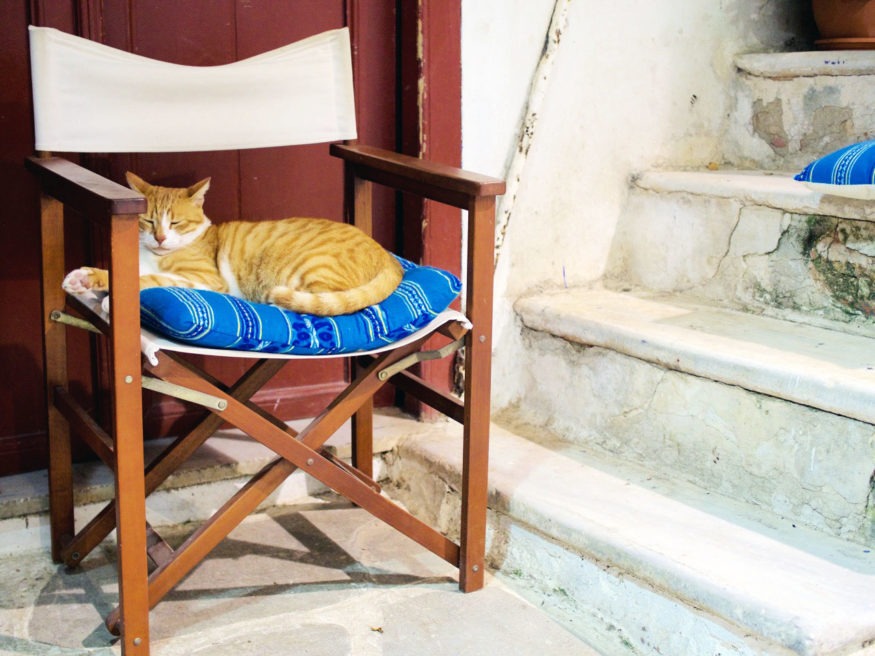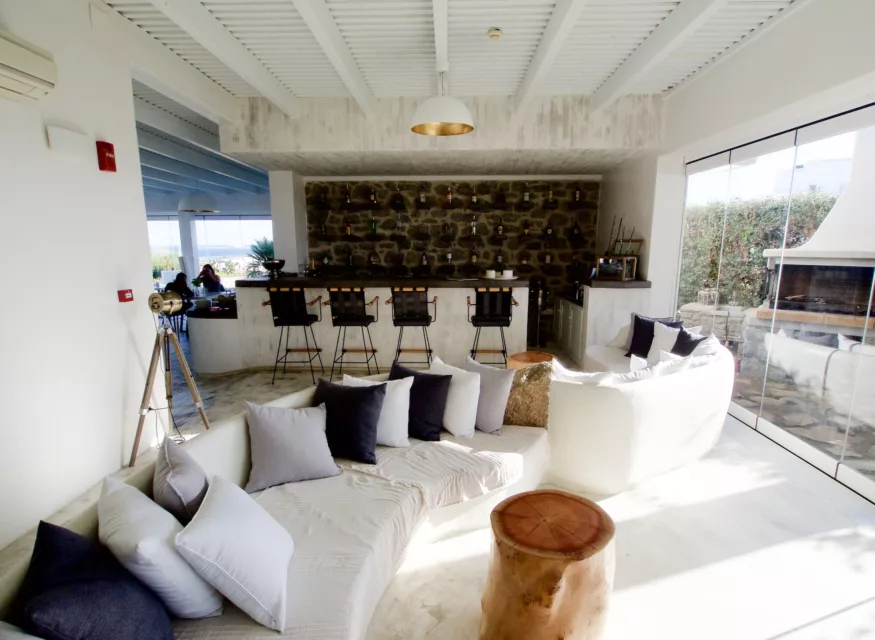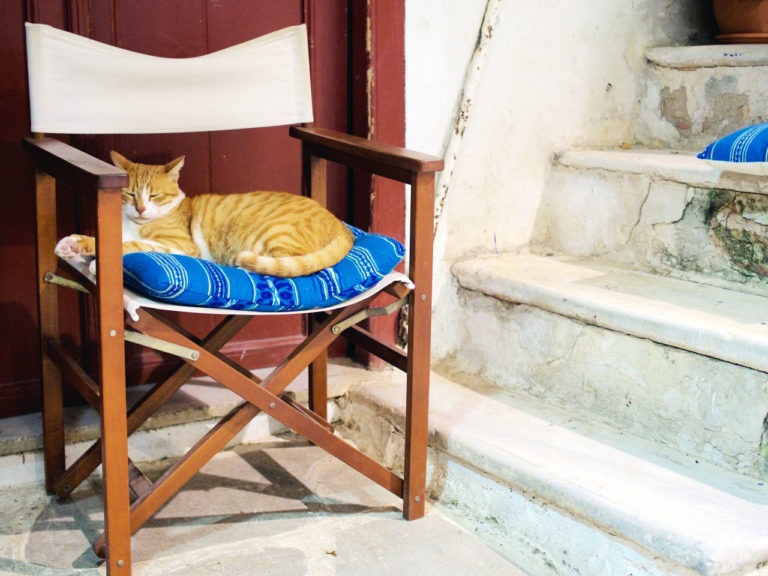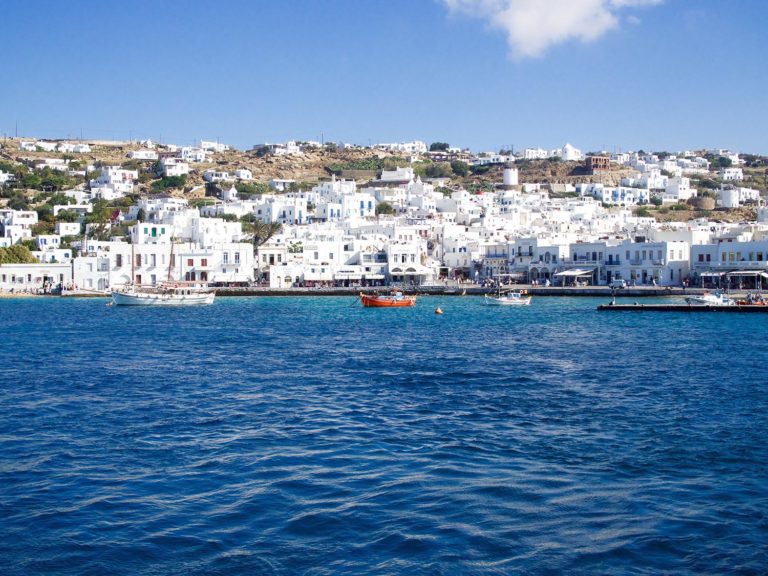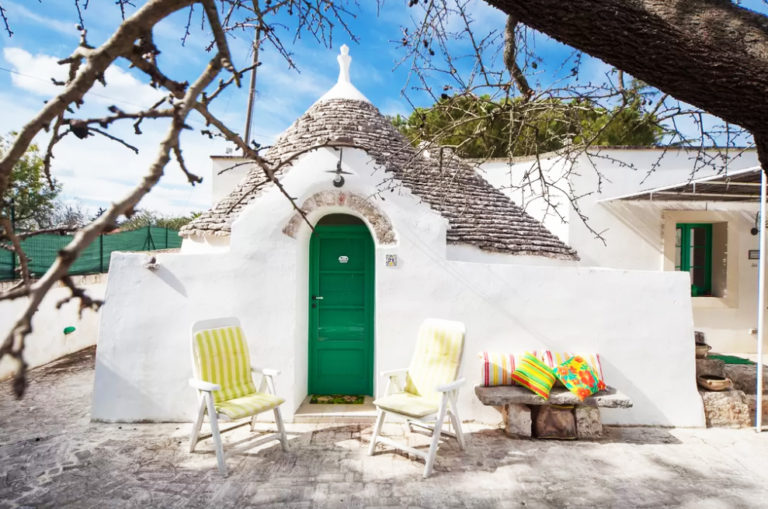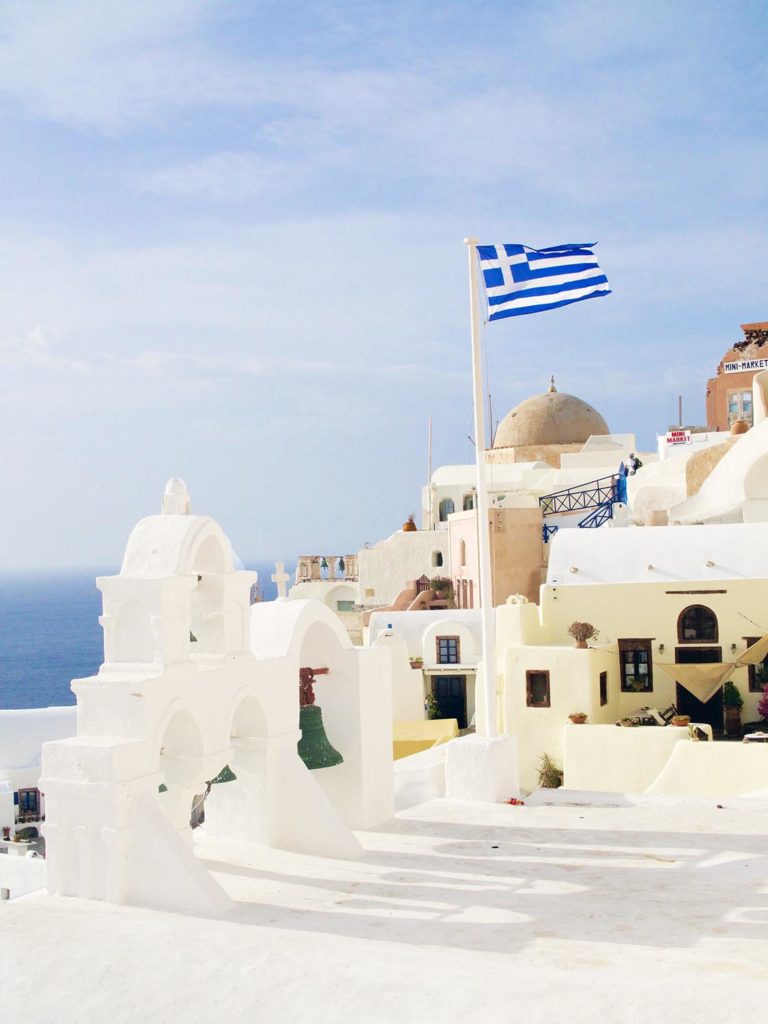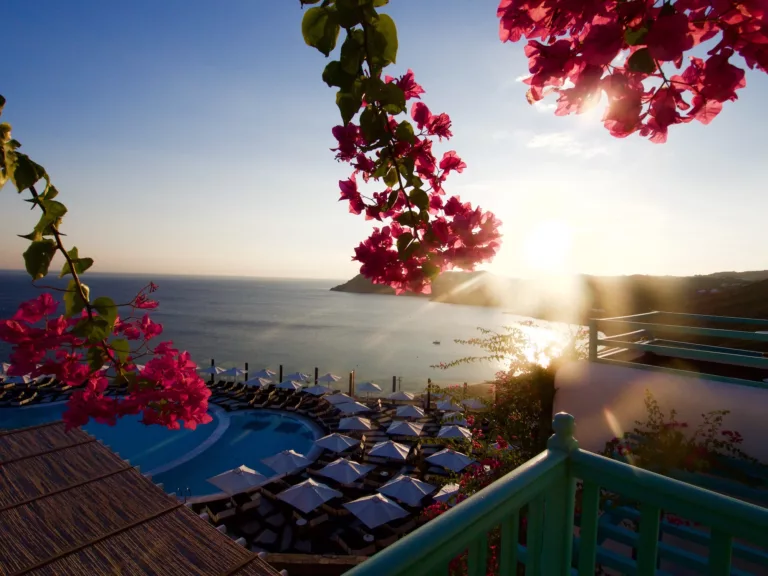Is Naxos The Best Island in the Cyclades?
If you’ve been to Santorini and Mykonos and are overwhelmed by the hordes of camera clicking cruise passengers, then Naxos is for you. Here you’ll find an authentic Greek experience.
It must be said that the largest of the Cyclades islands has an undeniable charm that has not (yet) been affected by mass tourism. Naxos offers a small excursion into the Greek way of life as a true pole of Hellenic and Byzantine culture.
The charming port of Chóra
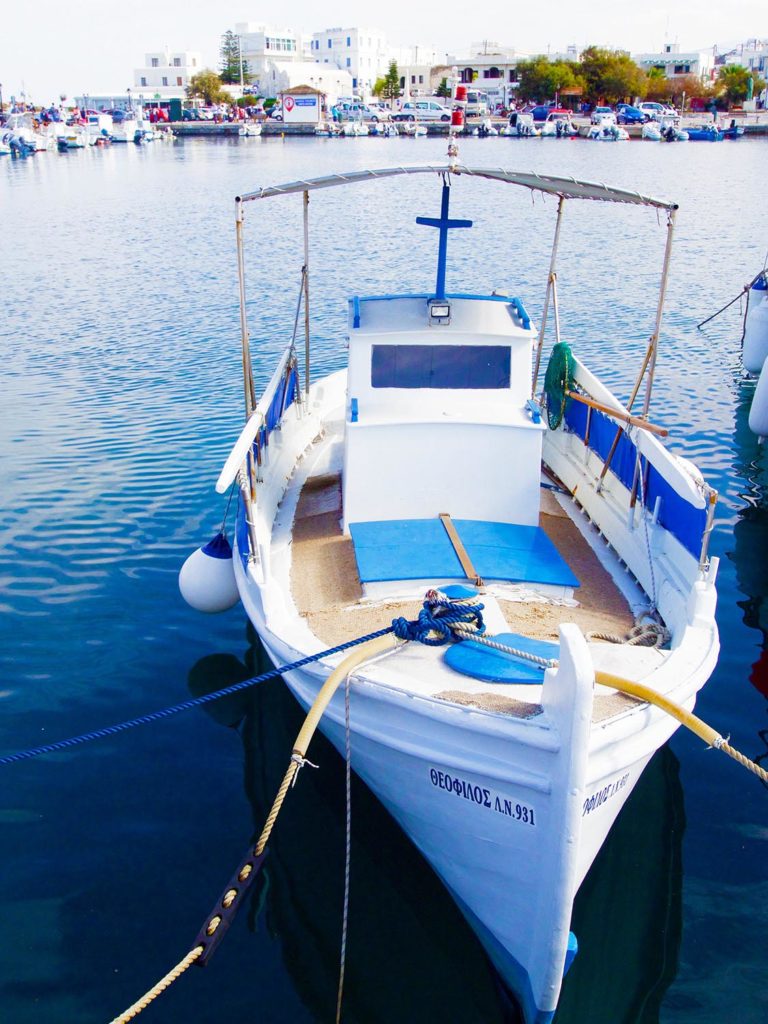
The “metropolis” of Naxos (a very relative title, as it has only a few thousand inhabitants) is a photogenic port with blue Aegean boats, winding cobblestone streets and cheerful merchants.
This is also the birthplace of the island’s culinary traditions. Think of the freshly caught octopus garnishing the fillet at Fisherman’s Harbor. Or the decadent yogurt garnished with candied grapes at Irini’s Tavern – so creamy, it’s easy to hold a spoon upright.
It is steeped in Venetian heritage, too. It is even possible to attend a classical concert in an old dungeon, organized by a flamboyant aristocrat.
The steep and pedestrianized streets of the Kastro, once the Roman Catholic quarter (as opposed to the Bourgos, which was the Greek Orthodox quarter), are lined with pretty shops. The fuchsia azaleas and the countless cats that frequent them make a visit worthwhile.
The Temple of Apollo
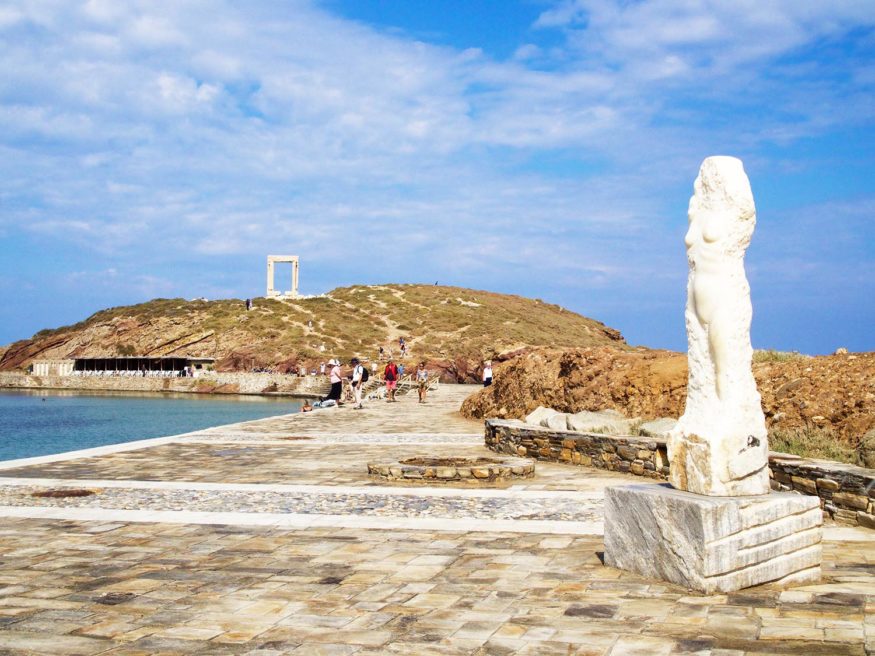
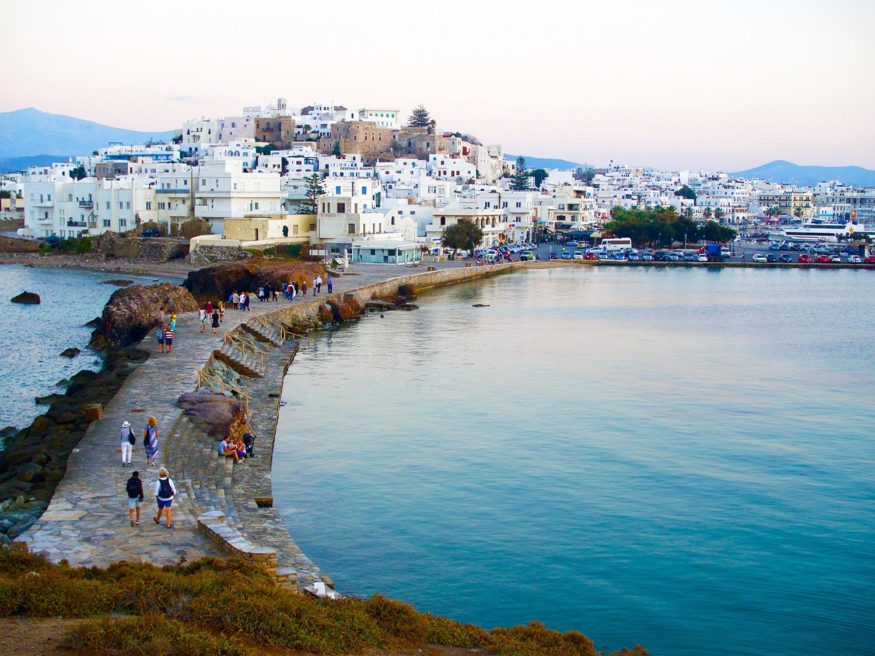
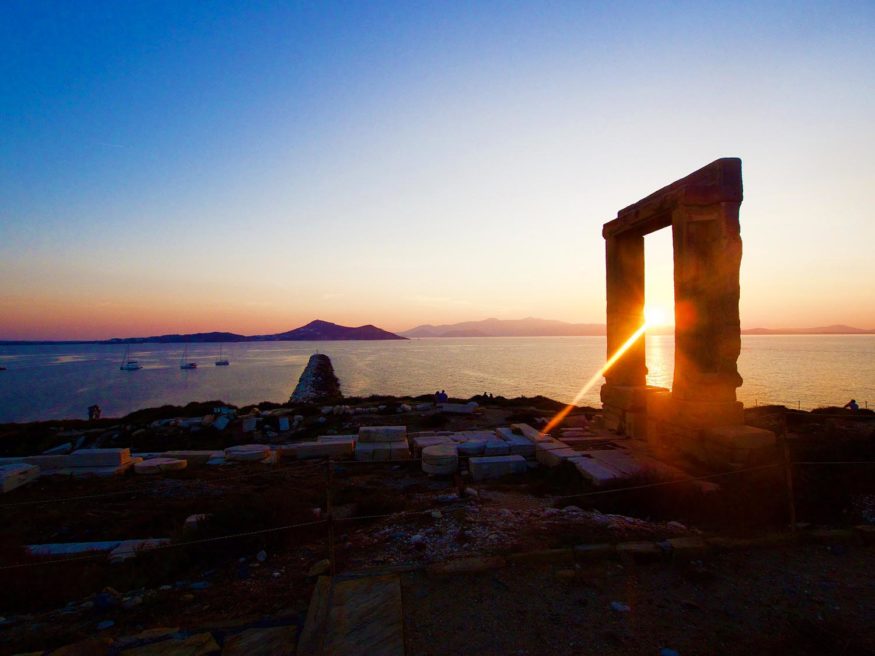
The topological and touristic highlight of Chóra is just a few steps away from the historical center of the town.
On one side, the Temple of Apollo on the harbor peninsula, with its great arch that seems to enter another dimension. On the other, a vast mountainous area where villages hide and time stops. It’s impossible to go to Naxos and not climb those few dozen meters in order to see the sunset that glitters on the sea and lights up the fruitful hills of the hinterland.
Unspoiled beaches
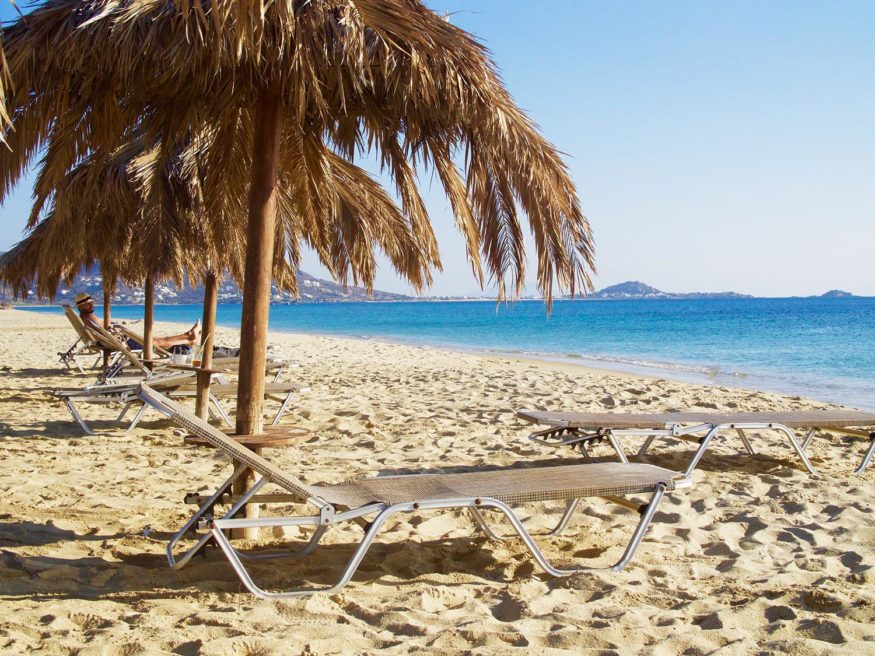
Naxos is not just home to some of the best food and culture in the Cyclades. It’s got beaches, too! Tourists flock to Naxos for the sun and warmth, and obviously, the beaches.
Here the beaches are divided into two categories: the wild ones and the managed ones. The former have no furniture or toilets. While the latter are usually busier and have a small tavern offering food and drink, as well as changing rooms.
In any case, visitors can expect very fine golden sand and pleasant waters.
Millennial villages of Apeiranthos and Halki
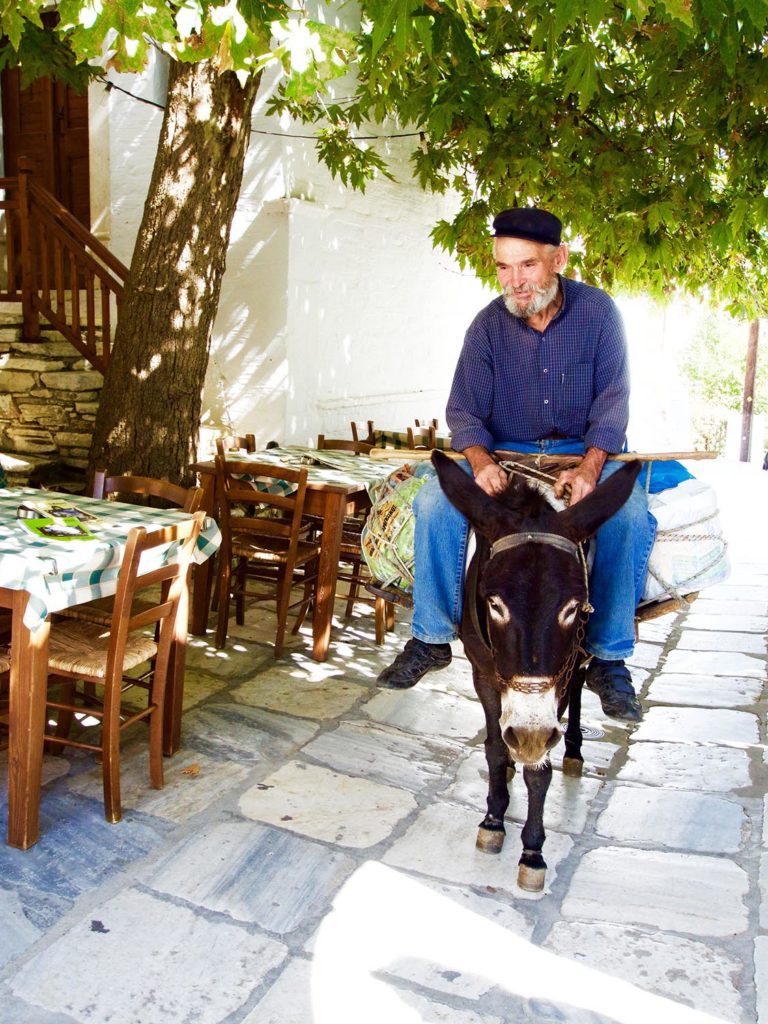
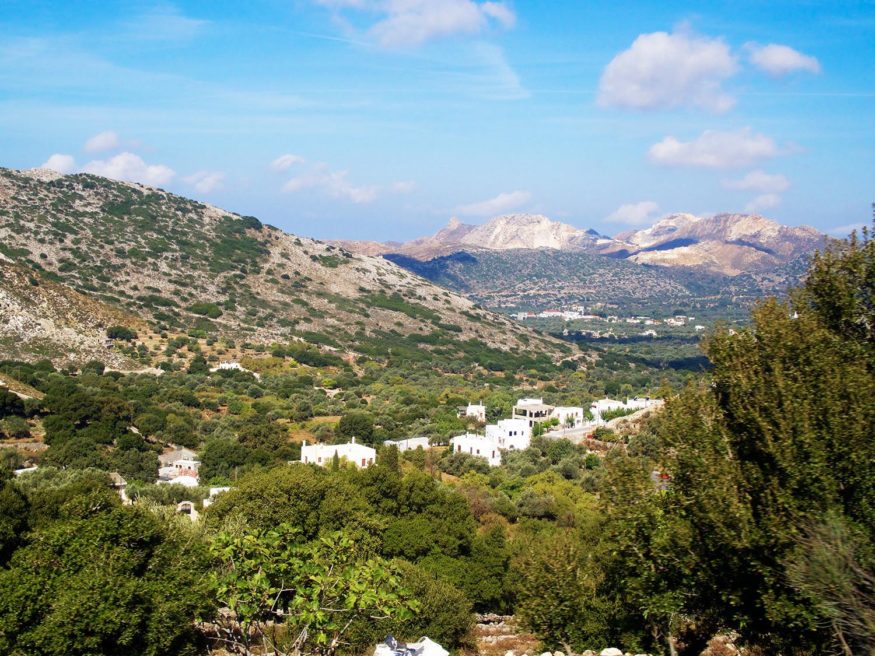
Hidden behind the hills that contain marble and emery quarries, two of Naxos’ biggest exports, are over 30 pretty villages that have stood the test of time.
In the streets of both Apeiranthos and Halki, which are thousands of years old, you will find artisans whose happiness is contagious. They sell everything from figs, pottery, olives, jewelry, textiles, honey – a specialty of Naxos – and kitro, a lemon liqueur.
The two villages are similar because of their terraces shaded by holm oaks and the endearing inhabitants. Often elderly, they sit there playing dice, discussing anything and everything, laughing at tourists who indulge in self-portraits, and occasionally sipping a small glass of kitro to stay healthy.
Occasionally, the village donkey will clumsily make its way along the stone paths to transport food from the farms to the homes. A typical scene that unfolds in Greece and couldn’t be more idyllic.
How to get to Naxos
From the two ports of Athens a ferryboat goes three times a day to the central Cycladic island. It is also possible to travel to the island by plane.
Upon arrival, visitors have two choices. Firstly, rent a car and drive to different places on the island. Secondly, book a villa at the Naxian Collection in Chora and drive from there on a motorbike.

